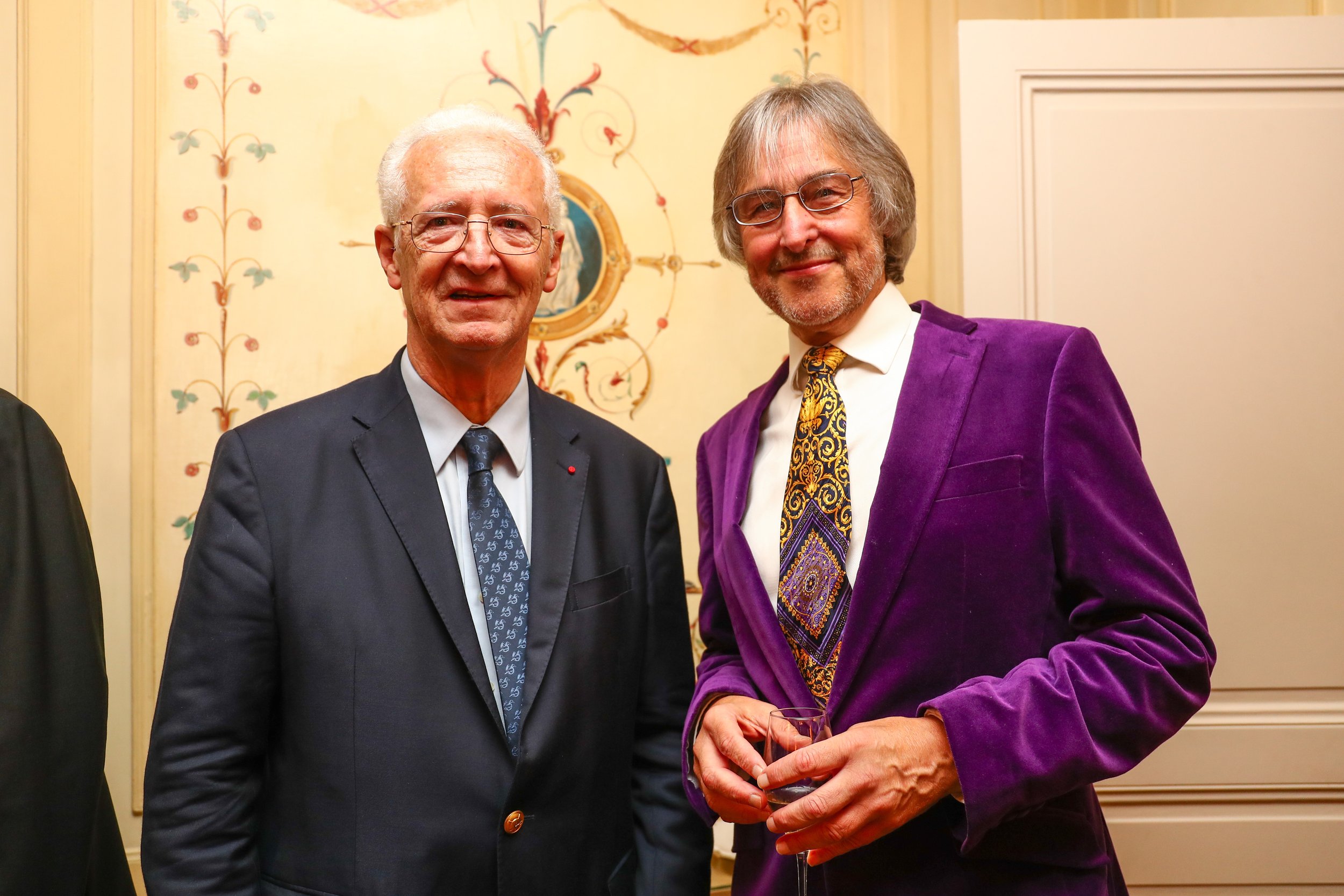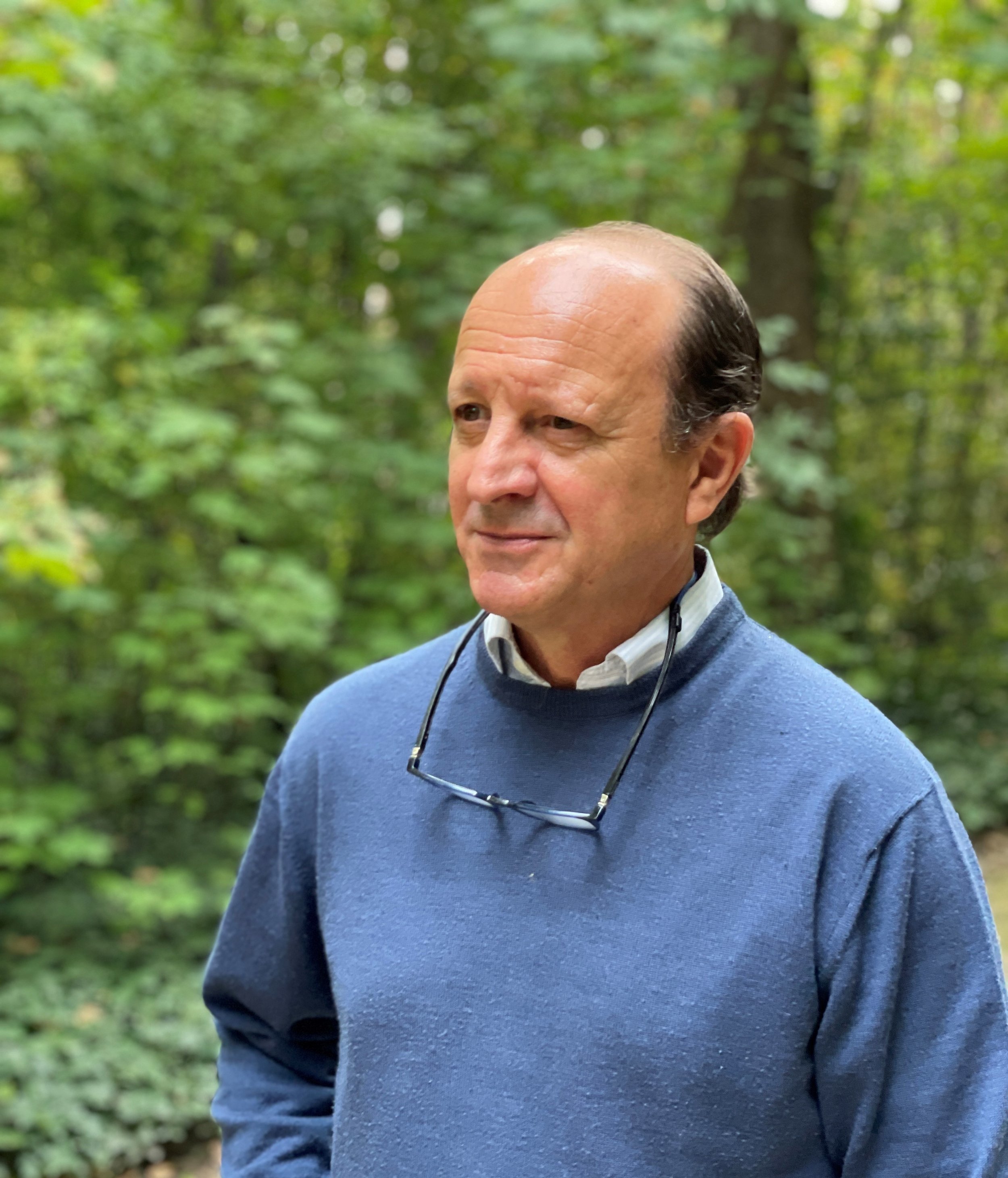Scandanavian Horse Racing Breaks New Ground with Common Rules Book
By Dr. Paull Khan
A refrain that can be heard with relentless regularity across the racing world is the call for common rules of racing. I know of no one who does not hold to the view that it would indeed be a great improvement if—like golf, tennis or any number of other sports—racing had a harmonised global rules book. However, with one or two notable recent exceptions, advances towards this prize have been depressingly absent. Racing Authorities are, after all, sovereign in such affairs and, frequently, the attitude that ultimately prevails is “we are absolutely in favour of harmonisation—as long as we don’t have to change our rules.”
It is, then, all the more heartening to be able to report on an initiative which has overcome such national pride and prejudice and successfully claimed this elusive prize. Since 1 June, the racing industries of Sweden, Norway and Denmark have been governed by a common set of rules encompassing registration and licencing, anti-doping, infection control, raceday equipment and guidelines for sanctions.
Not that it has been a quick or easy fix. Discussions have been held since before the turn of the century on dovetailing such aspects of racing administration of the three countries. Five years ago, EMHF’s Honorary Life President Bjorn Eklund carried out an exercise to map the differences between the three rules books.
Then, in November 2020, the Swedish Horseracing Authority’s administrative manager, Helena Gartner, was asked to lead a push finally to get the concept over the line. Two representatives were nominated from each of the three countries, with Gartner as project manager. Weekly meetings were held throughout the first half of 2021, paving the way for the June launch.
In part, the recent acceleration of progress can be attributed to COVID as one of the pandemic’s few benefits. Nicolas Cordrey, Danish Jockey Club representative on the group, explains: “There is no doubt that COVID, and the need to use video conferencing on a daily basis, helped in getting the three countries together. It made the process much easier and quicker. We were also lucky to have Helena as project manager, who was always one step ahead.
“Although we are operating in a relatively small market,” explains Gartner, “there is a high degree of international traffic. In 2020, for example, a quarter of the horses that raced in Sweden were trained outside the country—the great majority of them from Denmark and Norway. The same jockeys are riding across Scandinavia. So it is important to have the same procedures and penalties.”
Exact equivalence of all the Rules has not yet been achieved. Some remain distinct, most obviously Norway’s famous banning of the whip. Gartner again: “I have a list of rules which still differ. While Denmark and Norway use stalls tests; Sweden has qualifier races, for example. Norway has equipment that Sweden and Denmark would not allow: flexible blinkers and ear plugs that can be removed during the race (as are often used in trotting in Scandinavia). I would say that we either succeeded to harmonise quickly or we had to put it on the list, which we have to work with in the future. For Sweden and Denmark there will be more restrictive rules for the use of whip in 2022, which we are discussing at the moment. How close we get to the Norwegian rules is still to be decided.”
These loose ends aside, the experience has been undeniably positive. “Enhanced cooperation between the countries has benefited us all. We share experiences more frequently now and learn from each other. I hope that decisions made by the Stewards will become more and more homogeneous. Now we share members of Appeal Bodies among our countries. We also had a common education for Stewards led by (the British Horseracing Authority’s) Brant Dunshea and Cathy O´Meara in October, which was a big success. I also would like to add that all countries have agreed to let the Swedish Trotting Disciplinary committee decide about violations against the antidoping rules for horses.”
The secret to success down this pioneering route would appear to be compromise and pragmatism as well as acceptance that this is an iterative process, where the countries move closer towards full harmony over time.
Have the changes been generally accepted by the stakeholders? “Yes, I would absolutely say so,” answers Gartner.
There is a bigger strategic prize that has been an impetus for the project. Establishing a joint Rules Book has been identified as a necessary precursor to technological convergence, with all the synergistic benefits this promises. Gartner again: “Common rules is the first step on our way towards a common Scandinavian database and IT system, and that work has also started!”
The Norwegian Jockey Club’s Liv Kristiansen, also an EMHF Executive Council member, has represented Norway on the project. She elaborates on its perceived advantages:
“As it works now, the three organisations do the same job three times, whether that be registering horses and their breeding, registering owners, licencing or recording race results.”
Cordrey concurs: “One common database, instead of three, will save a lot of administrative time between the three countries and will be much better for our owners, trainers and gamblers. Looking for information and statistics in one place and entering and declaring in one system will make life much easier for a lot of people living in or off racing.”
Kristiansen adds that the system will also address a long-standing inequity. Today, as generally around the world, if a rider incurs a penalty in one country and a second in another country, the first will not be taken into account in any ‘totting-up’ calculations. Top riders can, therefore, move from one jurisdiction to another, free from such concerns. “With our common rules, if a jockey gets fined or suspended for an offence in Norway one day, and then does the same in Sweden the following day, this would be considered a repeat offence.”
Such international cooperation makes sense on so many levels. Common rules are, in and of themselves, to the benefit of all participants and fans. In addition to which, looking beyond one’s own country to outsource certain administrative functions not only increases the talent pool, but also reduces the risks of conflicts of interest. And finally, merging IT systems reduces duplication of work and creates ongoing cost savings.
Maybe this Scandinavian experiment will act as a beacon for other Racing Authorities to follow suit.
Photo: Caption: Outgoing IFHA Chair Louis Romanet with EMHF Secretary-General Paull Khan.
BIG CHANGES ON THE WORLD STAGE
4 October 2021 marked the end of a remarkable era in global racing administration. Louis Romanet retired after 27 years as the first and only chair of our global body, the International Federation of Horseracing Authorities, thus ending a period of over a century during which the Romanet dynasty has been central to the sport’s development. It was Louis’ grandfather, René, who, as secretary-general of the Societe d’Encouragement (the then French racing authority), chose the name the Prix de l’Arc de Triomphe for a new prestige race, which made its debut in 1920 shortly after the conclusion of the First World War. Both Louis and his father, Jean, headed the Societe d’Encouragement, and it was Jean’s international outlook and vision that led to the creation of the IFHA. Brian Kavanagh, EMHF chair, has gone as far to say, “Without the Romanet family’s influence in racing, I don’t think racing would be the global sport that it is today.”
Louis has been a towering figure in world racing for so long, and it was both a relief and a pleasure that we were able to wish him a bonne retraite in person.
Chairmanship of the IFHA passes to Asia, and to Winfried Engelbrecht-Bresges, who has been CEO of the Hong Kong Jockey Club for the past 15 years. (We in Europe, though, can of course claim Engelbrecht-Bresges as one of our own—having run Germany’s Direktorium for six years in the 1990s). There will be no loss of continuity or experience, however, since he steps up to the top post having been, for several years, one of the IFHA’s three vice-chairs.
This was but one of many changes at the IFHA, which followed both a strategic and a governance review. Perhaps the most far-reaching of these is the decision that the federation’s executives will run affairs from their respective bases around the world, in Lexington, Paris and Hong Kong. Just as COVID provided impetus to the Scandinavian rules project, so it seems to have contributed to the acceptance that organisations no longer need to have a single physical headquarters.
Paris will retain a special place within the workings of the IFHA. The 55-year tradition of holding the annual conference there, following the ‘Arc’, will continue. And European interests will continue to be well represented on the IFHA Executive Council, commanding four of the 11 votes. EMHF Chair Brian Kavanagh remains a vice-chair and is joined on the ‘ExCo’ by France Galop’s Olivier Delloye and new recruits Julie Harrington (CEO of the British Horseracing Authority) and Paull Khan, (EMHF secretary-general, representing the region’s ‘developing’ racing nations). Harrington will chair the Governance Committee, and Delloye the new Commercial and Marketing Committee. In addition, EMHF Executive Council member Henri Pouret will become a director of the new global Executive Office.
In terms of focus areas, it is noteworthy how issues of sustainability and climate change have moved centre stage. At this year’s IFHA Annual Conference, alongside the familiar themes of technological advances and horse welfare was a powerful piece from the Chair of Sport and Sustainability International on the challenges faced by racing and breeding in achieving net zero emission. This came hard on the heels of a talk at this year’s Horseracing Industry Conference in Britain whose strapline was 'Future-Proofing the Racing Industry: Protecting People and the Planet’ and featured an address by the CEO of the British Association for Sustainable Sport.
In his address to the virtual IFHA Conference, Engelbrecht-Bresges stated, “The time has now come for racing to fully commit to addressing the challenge of climate change” and announced the creation of a new IFHA Committee on sustainability, bolstered by external experts. He expressed confidence that racing could play a leading role among sports on this issue, just as it has in the areas of commercial development and integrity. It seems clear that, from now on and increasingly, the agendas of racing’s leaders will be tinged green.
On the EMHF front, 2020 was, sadly, another year without an in-person meeting. We fervently hope we will be able to meet up for next year’s General Assembly in Warsaw in May 2022.
This year we welcomed our first two associate members: Romania and Lebanon. The Romanian Jockey Club has hopes of restoring racing in Romania to its former glories. Lebanon no longer stages thoroughbred racing but is hopeful that this can be resurrected in future. Lebanon has moved from a full member to an associate member. Regrettably, we have seen the demise of racing in Lithuania, which is no longer an EMHF member.
On our EMHF Executive Council, Will Lambe has left the BHA and replaced as the vice-chair representing non EU European countries by Julie Harrington. Spain’s Paulino Ojanguren Saez was also elected to the ‘ExCo’ in a four-way contest for the space created by the retirement of Turkey’s Behcet Homurlu.




